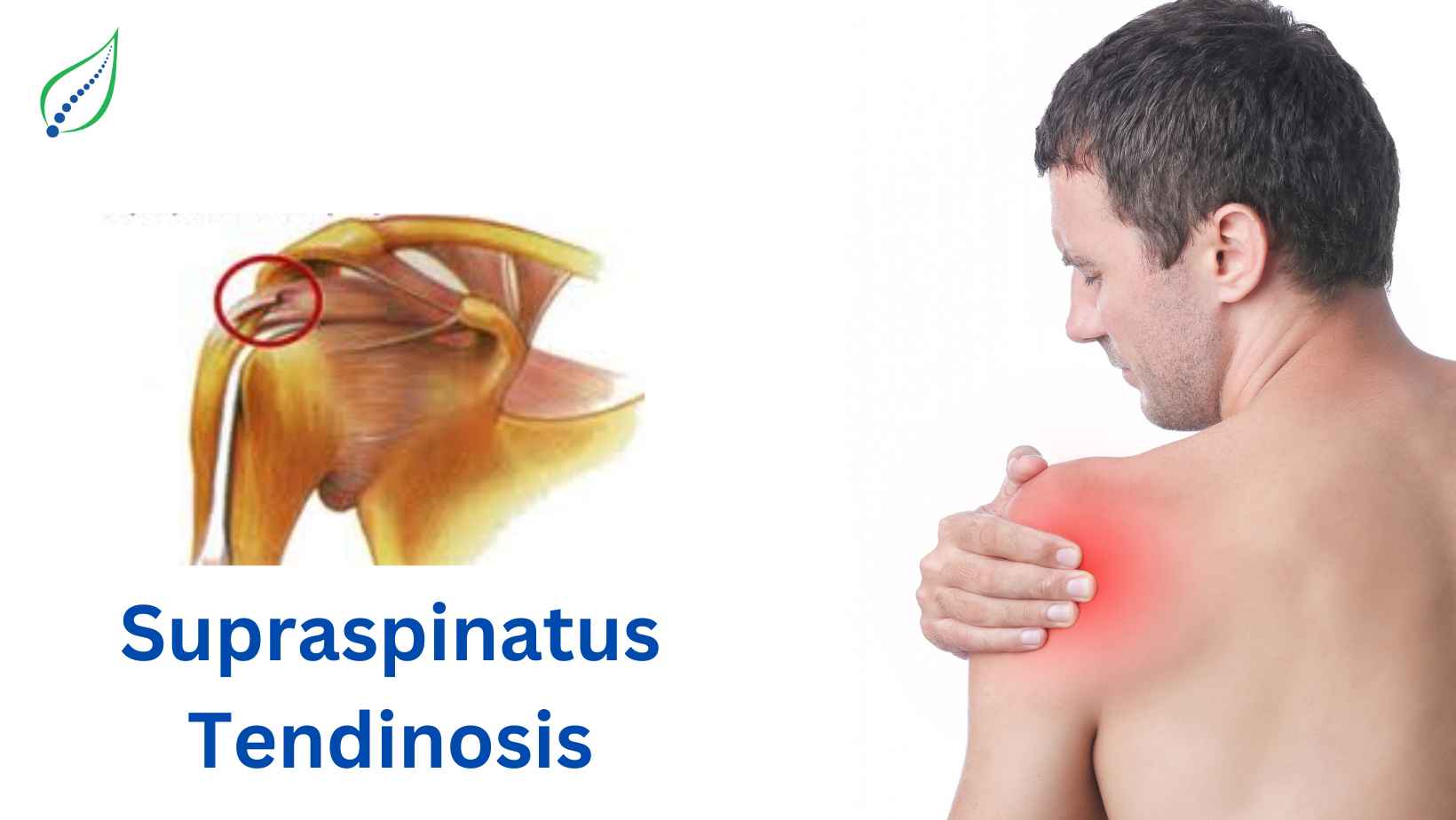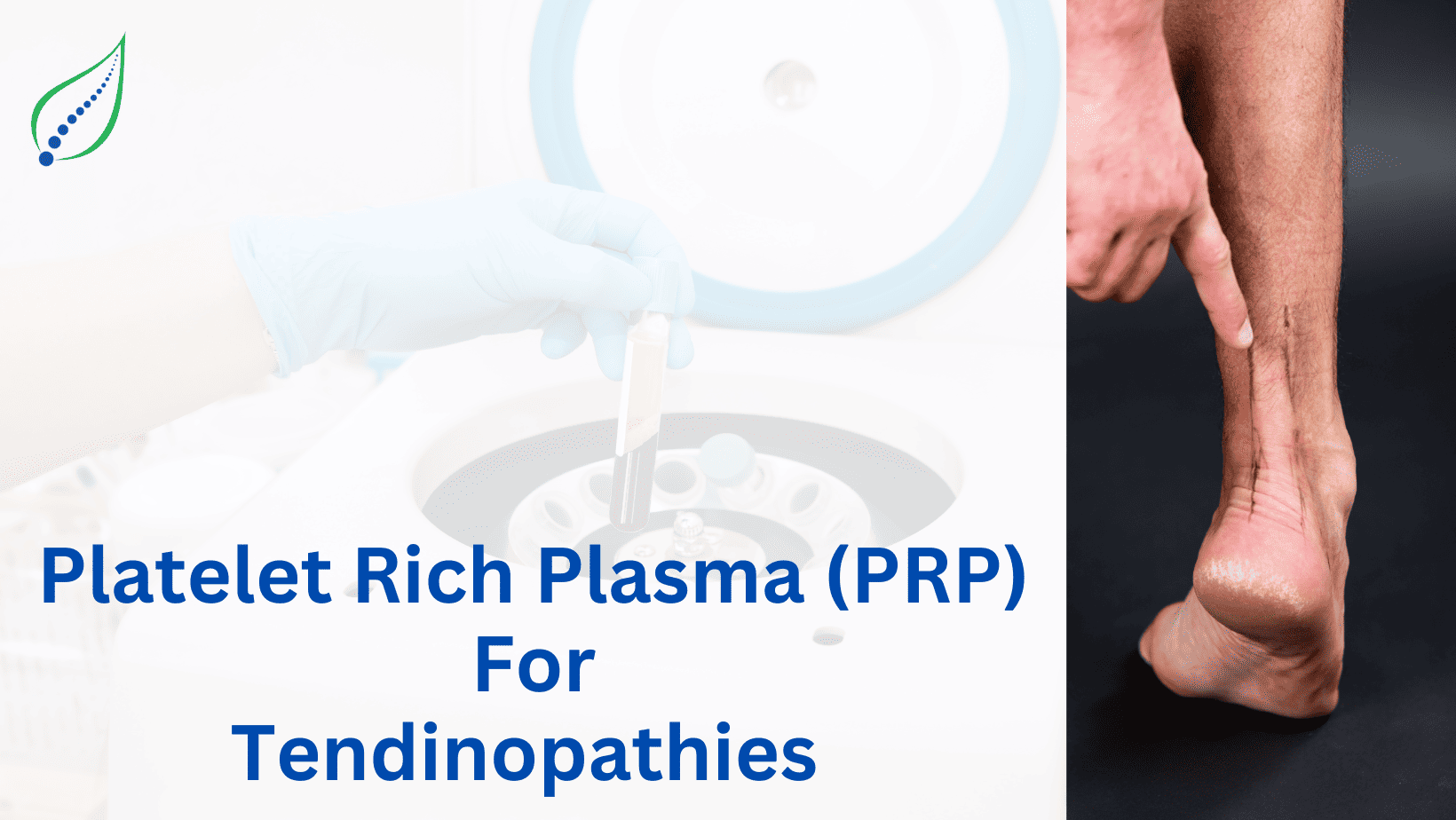Supraspinatus Tendinosis
One of the leading causes of shoulder pain in middle and old age is Supraspinatus tendinosis. The pain in the shoulder area is usually caused due to repetitive activities leading to a degeneration of the Supraspinatus tendon, which is a part of the rotator cuff. The subacromial bursa is responsible for reducing friction between the acromion and the tendon. The Supraspinatus is one of the four rotator cuff muscles.
Etiology
This condition is mostly observed in people above the age of 50. Sports enthusiasts and athletes who perform repetitive activities involving the shoulder are more prone to this condition. Also, people with diabetes have shown to be affected by this condition more frequently than others.
Shoulder injuries are mostly caused due to impingement, which is a condition caused by excessive sub-acromial and rotator-cuff burdening.
Symptoms
The pain is usually experienced during raising, moving, or any other activity involving the shoulder. The pain usually radiates towards the front of the shoulder as well as the upper-arm. Some common symptoms that help the doctors in diagnosis are:
- Difficulty in extending the arm and reaching for things.
- Limited range of motion involving the shoulder area
- Pain while performing activities that demand repetitive movement of the shoulder
- Swelling, pain, and inflammation in the affected area.
- Weakness and difficulty in performing daily tasks that involve lifting the arm.
Treatment of Supraspinatus Tendinopathy
The treatment is decided according to the seriousness of the condition and usually physical therapy along with anti-inflammatory drugs is preferred over surgical intervention. NSAIDs can be useful in eliminating the pain and sometimes local corticosteroid injections are also used to enhance the treatment and fasten recovery. Rest is very essential during physical therapy which can take up to 4 months to heal the shoulder.
The treatment happens in three phases and involves various exercises to strengthen the shoulder and prompt the body to heal naturally. In the initial phase, there should be minimal movement of the shoulder, especially those that aggravate the pain. Wearing a sling or bandage can be really helpful. In the second phase, slow and easy exercises are involved to prevent the onset of adhesive capsulitis. As the recovery progresses and pain decreases, massages, stretches, assisted movements, and resistance training is incorporated into the next phases of therapy.

_1749797551_1751826891.png)


